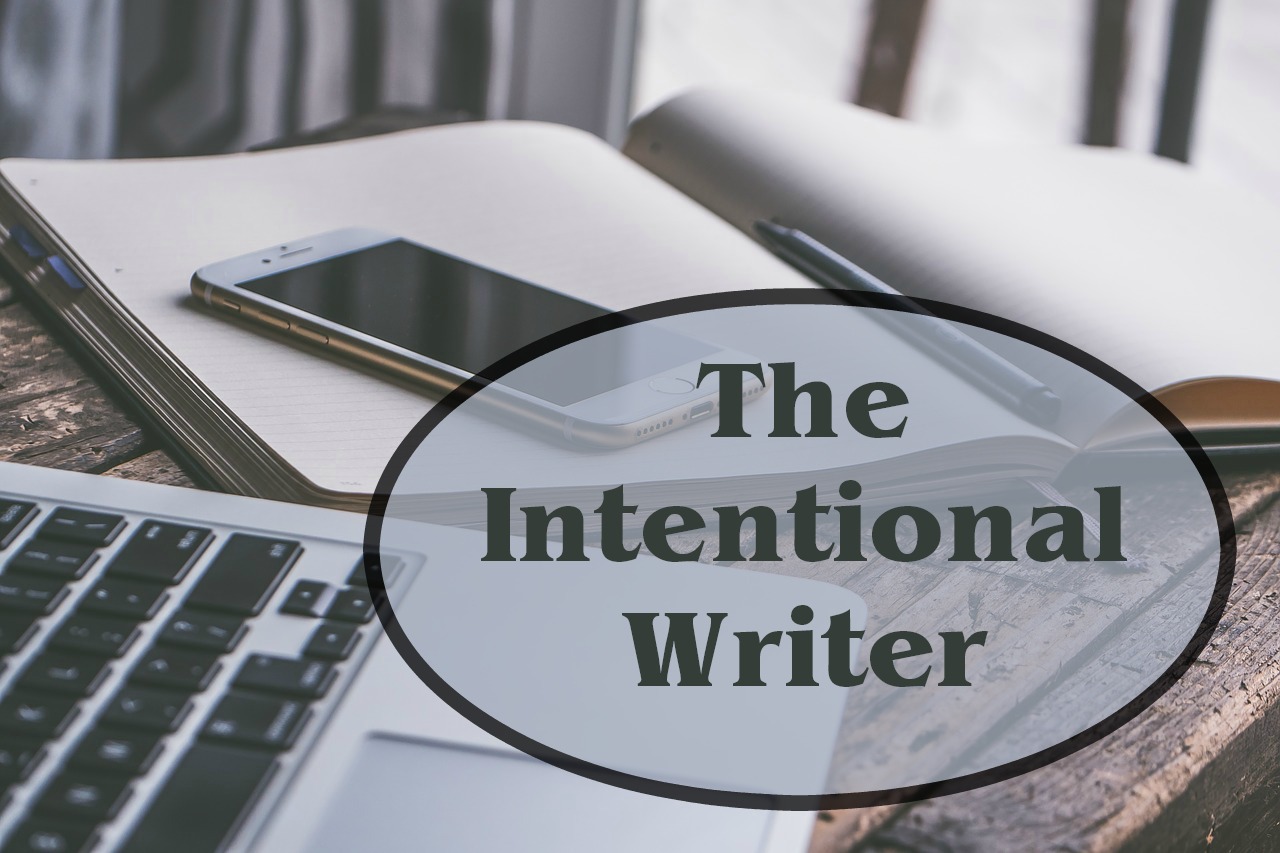Remember that old saying, You are what you eat? Just as the food we consume affects the overall health of our body, so the art we consume affects the overall health of our creative output. We are an amalgam of all we have seen and experienced.
Which means what we consume matters. A lot.
Because, as Solomon so aptly put it, there is nothing new under the sun. The best artists understand that their most original art comes from intentionally borrowing good ideas from other artists and adapting them in their own unique way for their own particular purpose.
“Nothing is original. Steal from anywhere that resonates with inspiration or fuels your imagination. Devour old films, new films, music, books, paintings, photographs, poems, dreams, random conversations, architecture, bridges, street signs, trees, clouds, bodies of water, light and shadows. Select only things to steal from that speak directly to your soul. If you do this, your work (and theft) will be authentic.” Jim Jarmusch (as quoted in Steal Like an Artist by Austin Kleon)
How to consume art with purpose
Don’t imbibe indiscriminately
The wise artist of any genre is intentional about what they consume because it will affect their creative efforts, for better or for worse. We need to seek art that will stretch us, inspire us, and make us think. We need to find masters of our genre and spend time with them—not to imitate but to absorb and transform. We need to view the literature and other art around us with the mindset of what is worthy of being borrowed and what is not.
Seek out anything that sparks joy
I have found the question, “does this spark joy?” to be helpful in many areas of my life (not just decluttering my home). You might prefer to rephrase the question to ask what intrigues, what resonates, what stirs your creative soul. When you run across art that sparks interest or appreciation—books, movies, visual arts, music, décor, whatever—take the time to absorb it. Don’t waste brain cells trying to assess the merits or importance of what strikes you. (Even amateur art or hack writing may speak something worthwhile into your subconscious.) Instead of judging, ponder why something struck you. Or simply accept that your subconscious knows what it’s about and trust it to reprocess all the good inputs into something beautiful.
Keep an inspiration file
Don’t allow random bits of inspiration to be lost. Find a way to capture them. Take photos of whatever catches your eye and then transfer them to your inspiration file. Keep pads of paper within arm’s reach so you can jot down sentences, dialogue, or concepts as you come across them. The more intentional we become at collecting whatever inspires us, the more likely those bits of brilliance will end up enhancing our creative thoughts.
Reverse Engineer
“It’s not where you take things from – it’s where you take them to.” Jean-Luc Godard
Study masters in your genre. Take a piece apart and figure out how the parts were put together. Dig into the details and ask questions like:
- What techniques has the author/artist employed here?
- Why does this work?
- What strikes me the most?
- How is this piece unique?
Can you adapt the same underlying structure or strategies in your work?
I hope I have inspired you to seek out art of all genres. The more you fill your creativity tank wisely, the more creative your writing you will become.
Lisa E. Betz believes that everyone has a story to tell the world. She loves to encourage fellow writers to be intentional about their craft and courageous in sharing their words with others. Lisa shares her words through dramas, Bible studies, historical mysteries, and her blog about intentional living. You can find her on Facebook LisaEBetzWriter and Twitter @LisaEBetz





4 Comments
Thanks, Lisa. Inspirational.
Now I need to get to work applying it consistently myself…
Thanks. I’m sharing this on my FB artist group.
You’re welcome. May you all find new sources of inspiration!